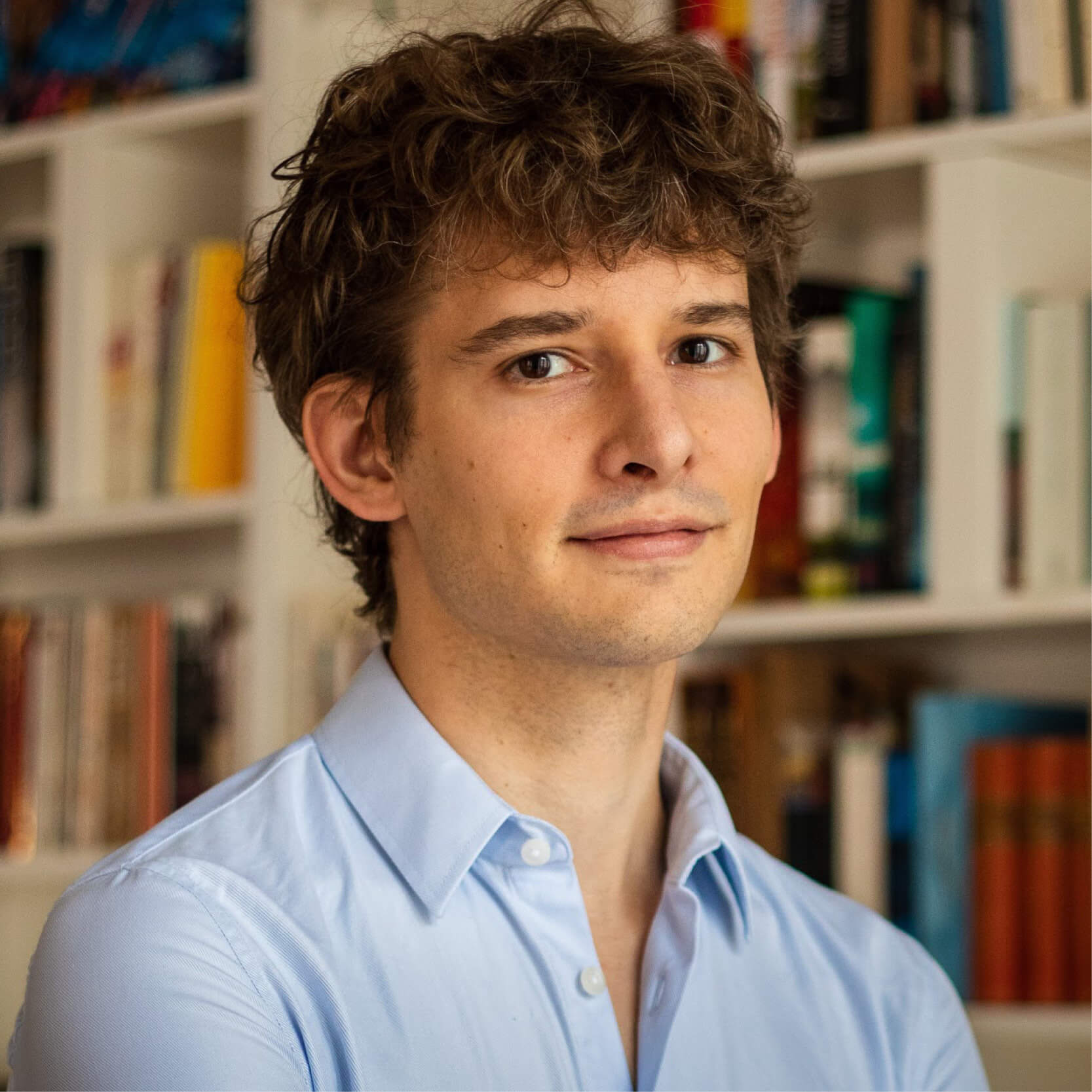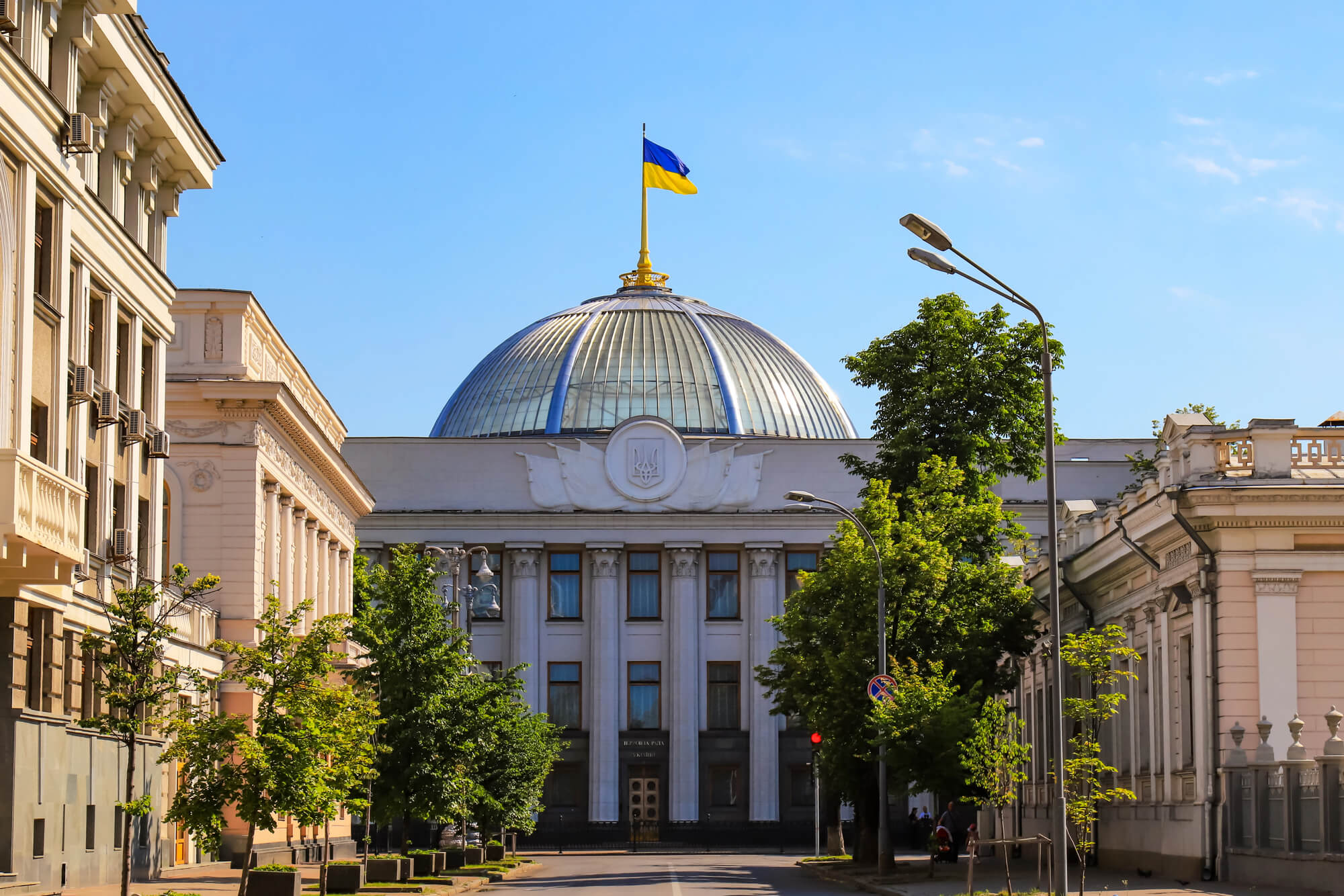Many surveys ask Ukrainians about their perceptions of corruption and the importance of corruption for Ukraine. It is much rarer for surveys to go into detail, eliciting perceptions of corruption (or personal experience of corruption) in specific areas. In this article, we look at factors that define citizens’ perceptions of corruption. We consider personal experience of corruption, tolerance of corruption, media consumption, and a number of demographic factors.
As a part of our previous research, we reviewed over 80 surveys of Ukrainian population and businesses implemented since late 1990s. We found that although about 70-80% of respondents in those surveys believed that “Ukraine is very corrupt” or “corruption is a serious problem for Ukraine”, fewer people (about 10-15%) answered affirmatively when asked questions like “Were you or your relatives involved in corruption in the last 12 months?”
In other words, there is a big gap between corruption perceptions and corruption incidence. Of course, this phenomenon is not new to Ukraine, and similar results are observed in other countries (e.g. Donchev and Ujheluy 2014, Abramo 2008, Corrado et al 2017 discuss the problems with measuring corruption perceptions). What are the causes of this gap? One possible explanation is that the questions about personal experience measure only petty corruption (e.g. providing “tips” to doctors or teachers) while the majority of people cannot possibly be involved in the manipulation of government contracts or bribing high-level politicians.
Another possible explanation is that corruption perceptions are shaped by media discourse. If the media uncover cases of corruption and discuss the prosecution of corrupt officials, the public may view this as evidence of greater corruption rather than as a sign of the government’s willingness to fight corruption. On the other hand, in the absence of a free press, people may not even think about the impact of corruption on their lives and may perceive it as something “natural” (for example, much of the established corruption practices in Ukraine are a Soviet legacy used by people to circumvent the repressive state).
How are corruption perceptions formed? To answer this question, we ran a survey asking respondents about their perception of corruption with respect to different public agencies (figures 1 and 2), actual experience of corruption when interacting with public agencies (figure 5), their primary sources of news (figure 8), tolerance of corruption (figure 9), and their awareness of the new anti-corruption agencies created in Ukraine since 2015 (figure 4). To indirectly measure people’s trust in institutions, we asked our respondents whether they would donate or volunteer if asked by representatives of the central or local government, volunteers, their friends or army servicemen (figure 6).
The survey was implemented by the company Info Sapiens using their online panel between February 6-22, 2024. The sample is representative of the Ukrainian population as of January 2022 in gender, age, and regional characteristics. The sample size is 7,008 respondents.
Summary statistics
Figures 1 and 2 show that corruption is perceived to be widespread and an important problem in Ukraine, and that Ukrainian public institutions are perceived to be rather corrupt. However, perceived corruption differs by institution. For example, the President and the National Bank are considered relatively less corrupt. The same is true of education institutions and the newly created Administrative Services offices. The Ukrainian government’s willingness to fight corruption is perceived to be somewhat higher than its effectiveness in fighting corruption (figure 3). The majority of respondents believe that corruption increased in the last three years (63% of respondents said that corruption increased a lot or somewhat, while 13.5% said that it decreased a lot or somewhat in early 2024 compared to 2021). People are somewhat less skeptical about the new anti-corruption institutions, although awareness about them is not very high (figure 4). 11% believe that these institutions are able to completely eliminate corruption, while 23% think that they can reduce corruption by approximately half. 55% think that these institutions could reduce corruption by a quarter or less.
Figure 1. Corruption perception (% of respondents)
Figure 2. Corruption perception - central government bodies (% of respondents who provided a defined answer)
Note: 1=least corrupt, 10=most corrupt; respondents also had a “don’t know” option, which is not shown in the figure
Figure 3. Perception of government efforts in fighting corruption (% of respondents)
Figure 4. Do you know or have you heard about the new anti-corruption institutions before this survey? (% of respondents)
Figure 5. Personal experience of corruption
Figure 5 shows actual experience of corruption: we asked respondents to recall how many times they or their relatives interacted with different government agencies during the last 12 months (horizontal axis) and to estimate the share of times when a bribe was requested during such interactions (every time, more than 50% of times, less than 50% of times, rarely or never). Not surprisingly, the most frequently contacted are healthcare institutions, and 27% of those who interacted with them more than once in the last year say that they had to pay a bribe 50% of times during these interactions or more often. This share is close to the result of the NAPC survey - in 2023, 32% of respondents (or their relatives) encountered corruption at healthcare institutions.
The share of those who encountered corruption at educational institutions (~20%) is in between the incidence of corruption at higher educational institutions and kindergartens (27%) and secondary education (16%, measured in 2022) as provided by the NAPC surveys. Incidence of corruption at administrative service offices in our survey (~13%) is higher than in the 2023 NAPC survey (~9%). The NAPC survey asks only business representatives about corruption in courts, at customs and during interactions with tax inspection, therefore these data are not directly comparable to our survey.
The majority of our respondents envision their future in Ukraine (figure 7), and express much higher trust in volunteers, the army and in people whom they know personally (figure 6). This is similar to what we see in other surveys (family and friends, volunteers, and the army have much higher levels of trust than government entities). Somewhat unusual is the lower trust in local governments compared to central government. However, this may be because the question includes the president, and trust in him remains rather high.
Figure 6. Would you make a donation or participate in a volunteer initiative if asked by (% of respondents)
Figure 7. Do you envision your future in Ukraine? (% of respondents)
The overwhelming majority of respondents get their news from online sources (in Ukraine, TV lost its position as the major news source in 2018-2019), and over 60% of respondents get their news from Telegram, with Facebook (46%) and YouTube (35%) in second and third place.
Figure 8. What are your news sources (up to 3 answers) and how often do you read news? (% of respondents)
Figure 9. Tolerance to corruption: answers to question “is corruption justified…” in order to solve a certain issue (% of respondents)
Results: what predicts the perception of corruption?
We run a number of regressions where the dependent variable is either the general corruption perception or corruption perception by agency (institution) and independent variables include demographic factors (age, gender, marital status, number of children, employment status and employment sphere, place and region of living), personal experience of corruption, awareness of anti-corruption institutions, and the primary sources of news.
Younger respondents (18-25) have somewhat lower corruption perceptions, although this result is not always statistically significant. At the same time, mid-age groups (people between 26 and 55) have a somewhat higher perception of corruption than people 55+. Internally displaced people or those who moved abroad after the full-scale invasion have a higher corruption perception for some of the government agencies, e.g. president’s office, parliament, tax inspection or courts. People who live in cities with 50 thousand people or more have slightly higher corruption perceptions than inhabitants of villages or smaller cities. Corruption perceptions in the West, Center and South are higher than in Kyiv (perceptions in the North and East are similar to Kyiv).
Variables that define employment status are associated with corruption perception only in a few cases: employed people have higher corruption perception with respect to the president, and people who care about a family member have the highest perception of corruption in healthcare (probably because they need these services the most). Public servants and public sector employees have somewhat lower overall perception of corruption than those working in the private sector. There is also some evidence of “industry solidarity”, e.g. public employees report lower perceptions of corruption in education and those serving in the army have lower perceptions of corruption in conscription offices. As expected, those who think that the Ukrainian government is ineffective in fighting corruption have higher corruption perceptions. Furthermore, those who believe that corruption increased since 2021 have higher corruption perceptions than those who believe the opposite.
The impact of personal experience of corruption on perceptions is mixed. We see some expected results, e.g. that facing corruption in education, healthcare, conscription offices or police increases perceptions of the corruption level in these institutions. On the other hand, experience with corruption at customs is associated with lower perception of the police and tax inspection as corrupt (perhaps when compared to customs officers, the police and tax inspection are seen as less corrupt). Those people who know or have heard of the Corruption Prevention Agency or Specialized Anti-Corruption prosecution office have lower corruption perceptions and those who know about the National Anti-Corruption Bureau - higher ones (where these variables are significant). One interpretation of these results could be that knowledge about prevention and prosecution reduces corruption perceptions while knowledge about investigations may increase it (the number of investigations may be interpreted as a signal about the extent of corruption).
Individuals’ primary source of news plays a significant role for a few indicators of corruption perceptions. The most significant are social media and online media. People who report these as their main news sources have higher corruption perceptions in general and for some specific agencies (president’s office, courts, customs, prosecution, and mayor/community head). When comparing different social media platforms, only Telegram and Facebook significantly and positively impact corruption perceptions (probably other networks are used mostly for entertainment).
Results: are corruption perceptions correlated with trust?
To answer this question, we regress the stated readiness to donate or volunteer when asked by different categories of people (figure 6) on corruption perceptions and the same set of control variables.
Figure 10. Willingness to donate or volunteer in response to request of certain people (total share of respondents who answered “yes” or “rather yes” by level of corruption perception)
Note: general corruption perception on the horizontal axis (10=highest corruption)
Those who perceive corruption to be higher and the government’s efforts to fight corruption to be less efficient, report lower willingness to volunteer or donate in response to a hypothetical request by the president or a minister (figure 10). People who believe that in the last three years corruption declined, those who know about the Higher Anti-Corruption Court (launched in 2019 by the new government), and the younger cohort (18-25) have a higher willingness to respond to such a request. Similar results with respect to corruption perceptions are obtained for willingness to respond to a mayor/community head. At the same time, those who live in cities (rather than villages) and those who faced corruption when interacting with local governments are less likely to respond to such an initiative.
Corruption perceptions are not a statistically significant predictor of willingness to donate or volunteer in response to a non-governmental initiative (perhaps corruption is associated mainly with government). However, those who think that corruption grew in the last three years are more likely to participate in such initiatives. Males and inhabitants of cities larger than 50 thousand are somewhat less likely to respond to these initiatives than females and villagers. Regional variables are significant only for volunteer initiatives: people from all regions except for the East are more likely to respond to them than people from Kyiv. Those serving in the armed forces are more likely to respond to initiatives organized by their fellows, while other occupations are not statistically significant predictors. Interestingly, those who know about the Higher Anti-Corruption Court or have heard of it are more likely to participate in non-government volunteer initiatives - perhaps because these people are generally more aware about political issues.
Finally, we consider how corruption perceptions impact willingness to stay in Ukraine. As figure 7 shows, 72% of respondents unconditionally envision their future in Ukraine. This response is more likely for those who perceive corruption to be low, those who believe that the government is effective at fighting corruption and those who believe that corruption declined in the last three years. Personal experience of corruption doesn’t play a big role. A number of demographic characteristics are associated with stated willingness to remain in Ukraine: males, people younger than 55, city dwellers, people originally from the South and East and those who already relocated are all less willing to stay in Ukraine unconditionally. Interestingly, those employed at NGOs are more likely willing to stay.
Conclusion
We found that Ukrainians perceive corruption in Ukraine to be quite high, and this perception is inversely related to estimates of government effectiveness in fighting corruption. Personal experience of corruption is much lower: the share of people who report being frequently asked for bribes when interacting with government agencies varies from about 13% for administrative service offices to about 30% for courts and customs. We find that for some areas (education, healthcare, conscription offices, police) personal experience of corruption increases perceived corruption, while this impact is absent for government agencies where higher level corruption would be expected (e.g. the central government).
Higher perception of corruption is associated with lower trust towards the government and lower unconditional desire to stay in Ukraine. However, overall the share of Ukrainians who envision their future in Ukraine and who are ready to participate in government initiatives is quite high.
Authors:
- Yuriy Gorodnichenko, University of California, Berkeley
- Jonathan Lehne, Stockholm School of Economics
- Ilona Sologoub, VoxUkraine
- Giancarlo Spagnolo, University of Rome II, Stockholm School of Economics
- Yuri Fedyk, University of San Francisco, California
Attention
The authors do not work for, consult to, own shares in or receive funding from any company or organization that would benefit from this article, and have no relevant affiliations





